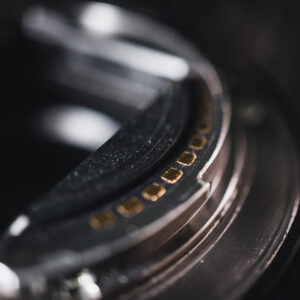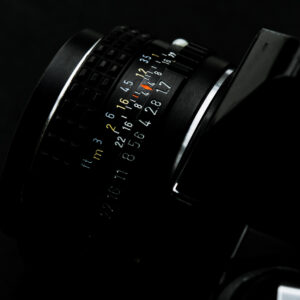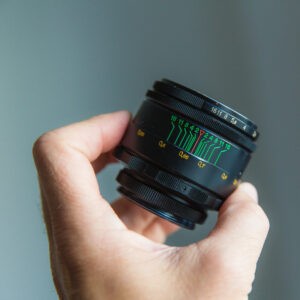
Photo by Mika Baumeister on Unsplash
Today, I want to immerse you in the fascinating world of autofocus – one of the key features in our photographic devices. If you’ve ever wondered how it works and why it’s so crucial for our photos, you’ll find the answers here. Join me in uncovering the secrets of speed, accuracy, and the options that autofocus systems offer.
What is Autofocus and How Does It Work?
Autofocus is a kind of magic in our cameras. It’s a system that automatically adjusts the focus on the object we want to photograph. Thanks to this, we can avoid the hassle of manually adjusting the focus and concentrate on the moment we want to capture.
There are different methods of autofocus operation. One of them is contrast detection. It’s as if the camera is searching for an area with the greatest difference between light and dark elements. When it finds that point, it knows the subject is in focus.
Another technique is phase detection, which compares two different image perspectives to determine precisely when the subject is in focus. It’s a bit like comparing images in the left and right eye to know where the object is located.
Types of Autofocus
- Single-Point AF: In this mode, you can select a specific point on the screen where you want to focus. This is useful when you want to focus on a particular object in the frame.
- Multi-Point AF Mode: Here, the camera automatically selects multiple focus points in the frame. This is a good solution when the subject is moving and not stationary in one place.
- Continuous AF or AI Servo AF: This mode is excellent for photographing moving subjects, such as athletes or animals. The camera constantly adjusts the focus to track the moving subject.
- Zone AF Mode: In this mode, you select an area where you want the focus to be concentrated. It’s a bit of a combination of single-point and multi-point modes.

Photo by Adam Birkett on Unsplash
- Contrast Detection AF Mode: This mode involves analyzing the contrast on the subject. The camera measures how much the bright and dark areas transition into each other to adjust the focus.
- Phase Detection AF Mode: This is a more advanced method that utilizes the phase difference between two image perspectives to determine when the subject is in full focus. It’s typically a faster method than contrast detection.
- Full Auto AF or Auto AF Mode: In this mode, the camera automatically decides on which part of the frame to focus. It’s convenient if you don’t want to worry about focus settings.
Diversity of Autofocus Options
Every camera offers various autofocus options that we can use depending on the situation. We can select a single point to precisely focus on a chosen element. When photographing moving objects, the option to track the moving subject allows us to maintain focus even when the subject changes position.
Another significant convenience is the options that allow us to choose the focus area on the camera’s touchscreen. It’s as if we were drawing with a pencil the area where we want to direct our attention. This is useful when we want to capture exceptionally creative shots.
Contrast Detection vs. Phase Detection
Contrast Detection Mode:
Pros:
- Accuracy: Contrast detection mode typically offers greater precision in focusing, especially in situations with subtle transitions between bright and dark areas.
- No special technology required: Many compact and mirrorless cameras use this method because it doesn’t require special sensors.
Cons:
- Slower response: Compared to phase detection mode, contrast detection can be slower in focusing, especially in low-light conditions.
- Difficulty tracking moving objects: In contrast detection mode, tracking rapidly moving objects can be challenging because the camera needs time to analyze contrast.
Phase Detection Mode:
Pros:
- Speed: Phase detection mode is usually much faster in focusing, making it ideal for photographing fast-moving subjects like athletes or animals.
- Better tracking of moving objects: Due to its speed and tracking capabilities, phase detection is more effective in maintaining focus on moving objects.
Cons:
- Dependency on technology: It requires special phase sensors on the camera’s sensor, which can affect the price and design of the camera.
- Less precision in certain conditions: In some cases, especially with very bright or very dark backgrounds, phase detection may be less accurate than contrast detection.

Photo by Markus Spiske on Unsplash
Summary
Autofocus systems in cameras are invaluable tools for every photographer, regardless of their level of experience. Thanks to them, our photos gain sharpness and clarity, allowing us to focus on creating beautiful frames. Remember that experimenting with different autofocus settings can provide you with unforgettable photographic effects.
Feel free to share your autofocus experiences in the comments! What options do you like the most, and in what situations do you find different focus settings necessary? See you in the next post!

